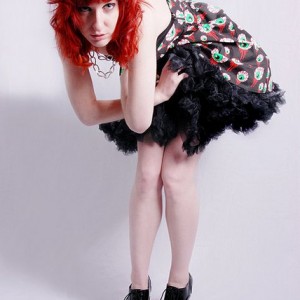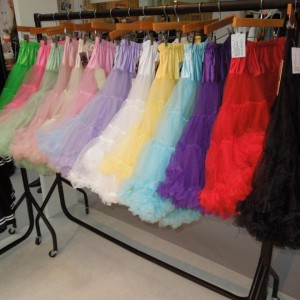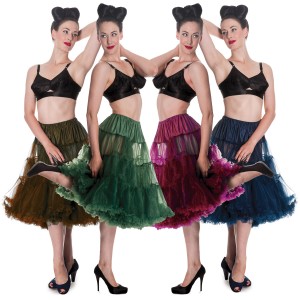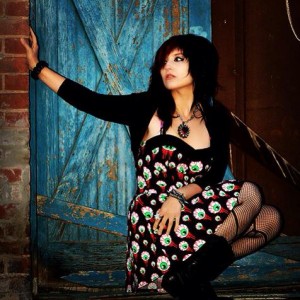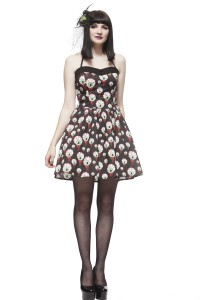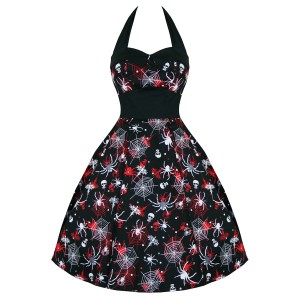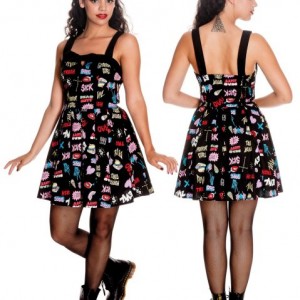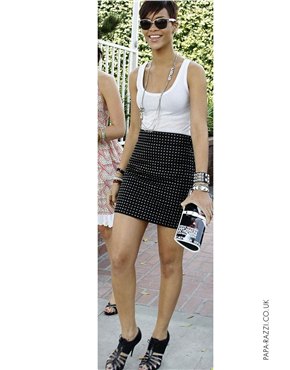1960s Psychedelia
The 1960s were a time of social upheaval and revolution, and the clothing of the era reflected this turbulence. Inspired by musical groups like the Beatles, The Who, The Kinks and Rolling Stones, fashion catered to the young. The Young Modernists, or the Mods of the early 60’s, dressed in sleek styles like tailored suits, slim trousers and anoraks. They wore their hair in dandified mop tops, with long sideburns. Girls wore their hair and hemlines short, and opted for boxy shift dresses and go-go boots depicted in many films, as well as the A-line dresses and pill box hats favoured by Jackie Kennedy and Jean Shrimpton. Audrey Hepburn popularized the skinny jean, while Twiggy was an icon with her boyish bob, false eyelashes and iridescent eye shadow. Many girls aspired to have her slim shape, often going to the great length of starving themselves in order to acquire it. They also found more ways to show off their figures. The bikini came into fashion after the famous movie the Beach Party, starring Frankie Avalon. Both Twiggy and Jean Shrimpton developed elite status as supermodels, the first of their kind, but in the later part of the decade 1960s psychedelia took centre stage in the world of fashion.
As the decade continued and the Hippie style came into being, clothing became even looser, hair for both sexes became longer and more flowing, reflecting a desire for freedom of movement as well as freedom of expression. As the feminist movement progressed many women even went bra-less in order to make a statement. Unlike the more wholesome image of young people in the 50’s, the Mods and Hippies of the 60’s wanted to overturn outdated modes of behaviour, and to experience life to the fullest, without guilt. The music of the Beatles and Rolling Stones celebrated sex and their music lyrics tended to be more explicit than their 50’s forebears, who used euphemisms and flowery phrases. Psychedelic colours reflected the effects of the hallucinogenic drugs of the time, like LSD and marijuana. The daisy became a symbol of peace and love, and people wore flowers in their hair. By the end of the 60’s the term “flower children” was used to describe the peace-loving, free spirited young people who yearned for a idyllic society based on mutual love.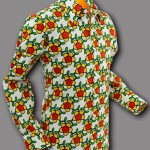

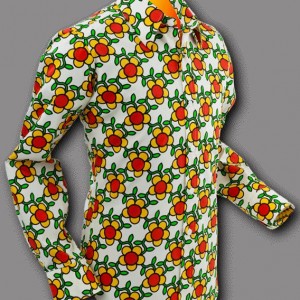
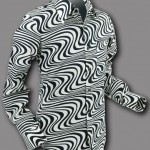




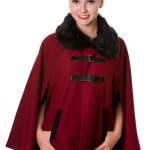





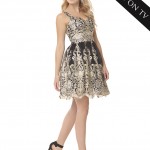


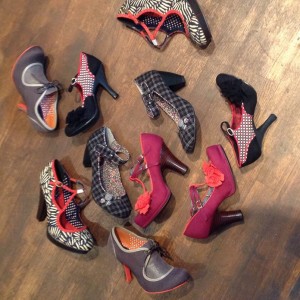


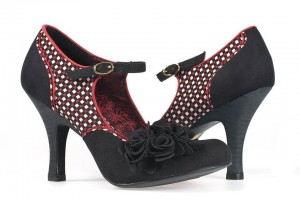




![PENELOPE BAG BROWN [50009] OLIVIA BROWN [08418] (1)](https://fashionclicks.co.uk/wp-content/uploads/2013/09/PENELOPE-BAG-BROWN-50009-OLIVIA-BROWN-08418-1-300x200.jpg)

